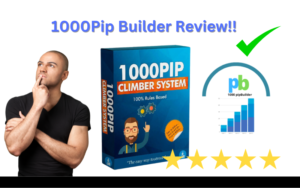Are you wondering how to create a blog for affiliate marketing? If you’re looking to start earning passive income by promoting products online, creating a blog is one of the best ways to get started.
In this step-by-step guide for beginners, we’ll walk you through everything you need to know, from choosing a niche and setting up your blog to optimizing your content for SEO and driving traffic. By the end of this guide, you’ll have all the tools to create a successful affiliate marketing blog and start earning commissions.
Table of Contents
Step 1: Choose Your Niche
Before you start your blog, it’s essential to choose the right niche. Your niche will determine the types of products you promote, the audience you attract, and your long-term success.
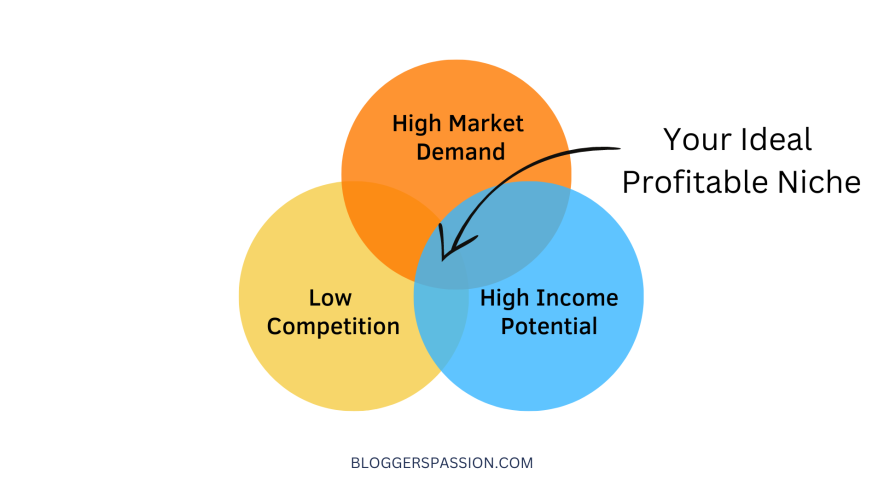
For affiliate marketing, picking a niche that is both interesting to you and profitable is crucial. Here’s how to do it:
- Research Market Demand: Look for topics that have a large audience but are not oversaturated with competition. Use tools like Google Trends, SEMrush, or Ahrefs to see what’s trending and which niches have consistent demand.
- Profitability of Affiliate Products: Make sure the niche has products or services with affiliate programs that offer good commissions. For example, niches like health, technology, or finance often have higher commissions than other areas.
- Your Passion and Expertise: Choose a niche you’re genuinely interested in. Blogging and affiliate marketing require consistent content creation, so you’ll need to enjoy the subject matter.
Step 2: Pick a Blogging Platform
The next step is to choose the platform where you’ll host your blog. The best option for affiliate marketers is WordPress.org, a self-hosted version of WordPress. Here’s why:
- Customization and Flexibility: WordPress offers thousands of themes and plugins that allow you to design your blog exactly how you want it.
- SEO-Friendly: WordPress makes it easy to optimize your blog for search engines, which is key for ranking higher in Google and getting traffic.
- Cost-Effective: WordPress is free, though you will need to pay for hosting and a domain name.
Other Platforms: While WordPress is highly recommended for affiliate marketing, platforms like Wix, Squarespace, and Blogger can also be used. However, they tend to have fewer customization options, and their SEO capabilities are limited compared to WordPress.
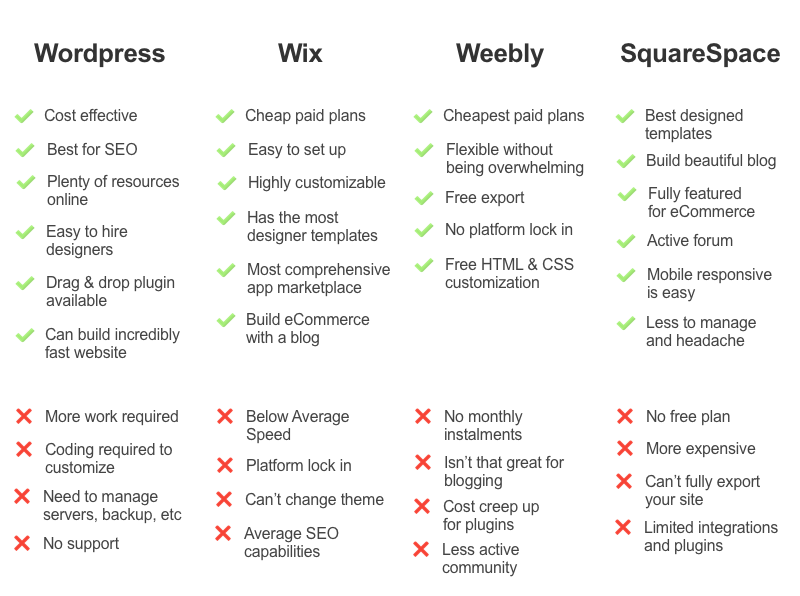
Step 3: Choose a Domain Name and Hosting
Your domain name is your blog’s address on the internet. It should be easy to remember, relevant to your niche, and brandable. Here are some tips for choosing a domain name:
- Keep It Short and Simple: Avoid overly complex or lengthy domain names.
- Include Keywords: If possible, include a keyword related to your niche. For example, if your niche is fitness, a domain like “FitLifeJourney.com” works well.
- Check Availability: Use a domain registration service like GoDaddy or Namecheap to see if your chosen domain is available.
Selecting Hosting: Web hosting is the service that makes your blog accessible on the internet. For affiliate marketing blogs, it’s important to choose a hosting provider that offers fast loading speeds, high uptime, and security. Some recommended hosting providers include:
- Bluehost: Ideal for beginners and affordable.
- SiteGround: Great performance and customer service.
- WP Engine: Premium hosting for WordPress with excellent speed and security features.
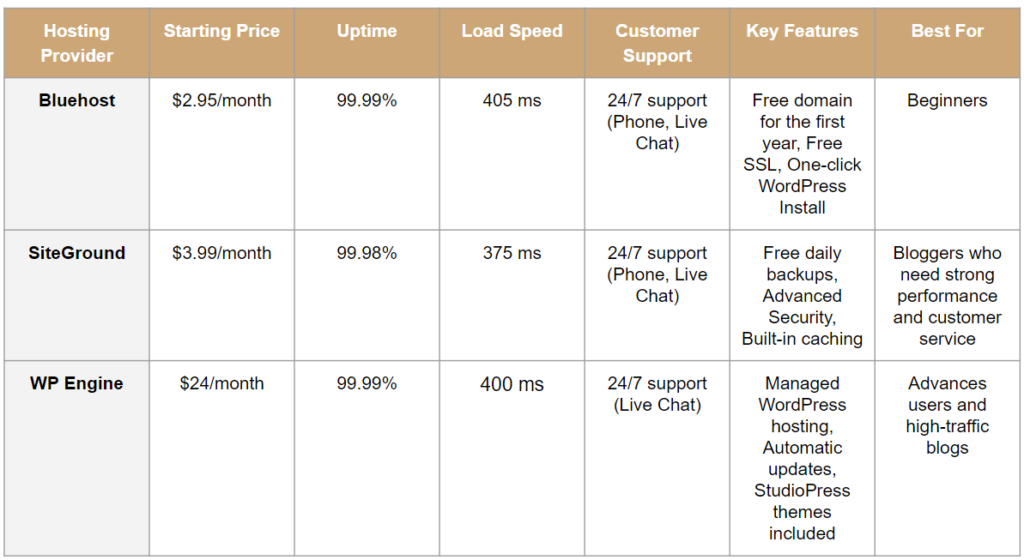
Step 4: Design Your Blog
Once your domain and hosting are set up, it’s time to design your blog. The design of your blog is crucial because it affects user experience and conversion rates. Here’s what you need to focus on:
- Choose a Theme: WordPress has thousands of free and premium themes. For affiliate marketing, you’ll want a clean, mobile-responsive, and fast-loading theme. Some popular affiliate marketing-friendly themes include:
- Astra: Lightweight, customizable, and optimized for SEO.
- GeneratePress: Minimalist and fast-loading.
- Divi: Highly customizable with a built-in page builder.

- Design for Conversions: Your design should focus on driving users to take action, whether that’s clicking on affiliate links or subscribing to your email list. Include clear call-to-action buttons, clean navigation, and fast load times.
- Mobile Optimization: More than half of all web traffic comes from mobile devices, so ensure your theme is mobile-friendly and looks good on smaller screens.
Step 5: Install Essential Plugins
Plugins extend the functionality of your blog and make it easier to manage. For affiliate marketing, there are several must-have plugins:
- SEO Plugins: To improve your blog’s search engine rankings, you’ll need a good SEO plugin.
- Yoast SEO: Helps you optimize your posts for specific keywords.
- Rank Math: A powerful, feature-rich SEO plugin that is also beginner-friendly.
- Affiliate Link Management: You’ll want a plugin that helps you manage, shorten, and track affiliate links.
- ThirstyAffiliates: Organizes and cloaks affiliate links, making them more user-friendly.
- Pretty Links: A plugin for shortening and tracking affiliate links.
- Performance Plugins: Improve the loading speed of your site, which is crucial for SEO and user experience.
- WP Rocket: A caching plugin that speeds up your site.
- Smush: Optimizes and compresses images for faster load times.

Step 6: Create High-Quality Content
Content is the heart of your affiliate marketing blog. You’ll need to create engaging, informative, and valuable content that encourages readers to click on your affiliate links.
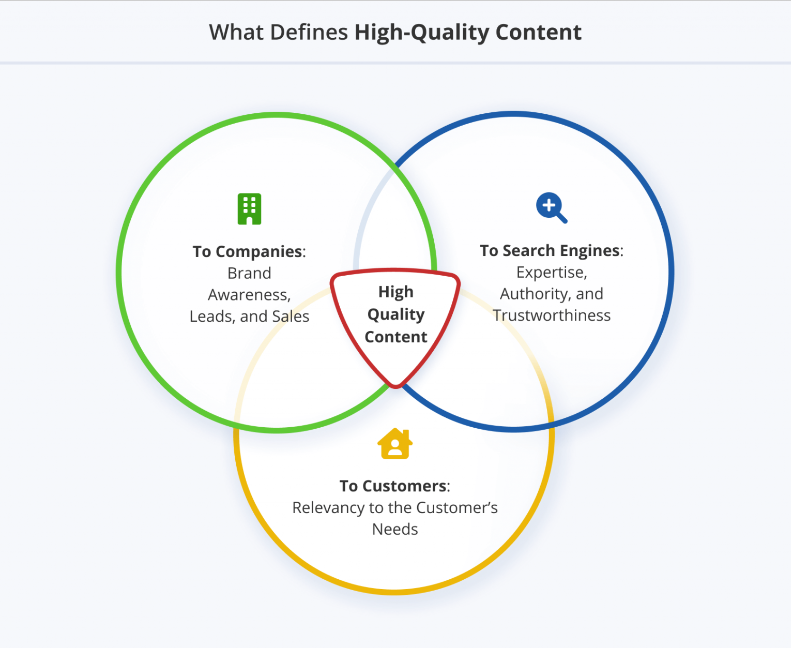
Here are some types of content that work well for affiliate blogs:
- Product Reviews: Write in-depth reviews of individual products or services.
- Comparison Posts: Compare multiple products within your niche, highlighting pros and cons.
- “Best of” Lists: Create list posts, such as “Best Fitness Gadgets for 2024.”
- How-To Guides: Educational content that helps solve problems for your readers, naturally incorporating affiliate links.
Tip: Focus on creating SEO-optimized content. Use tools like Google Keyword Planner or Ahrefs to find relevant keywords for your niche and incorporate them naturally into your posts.
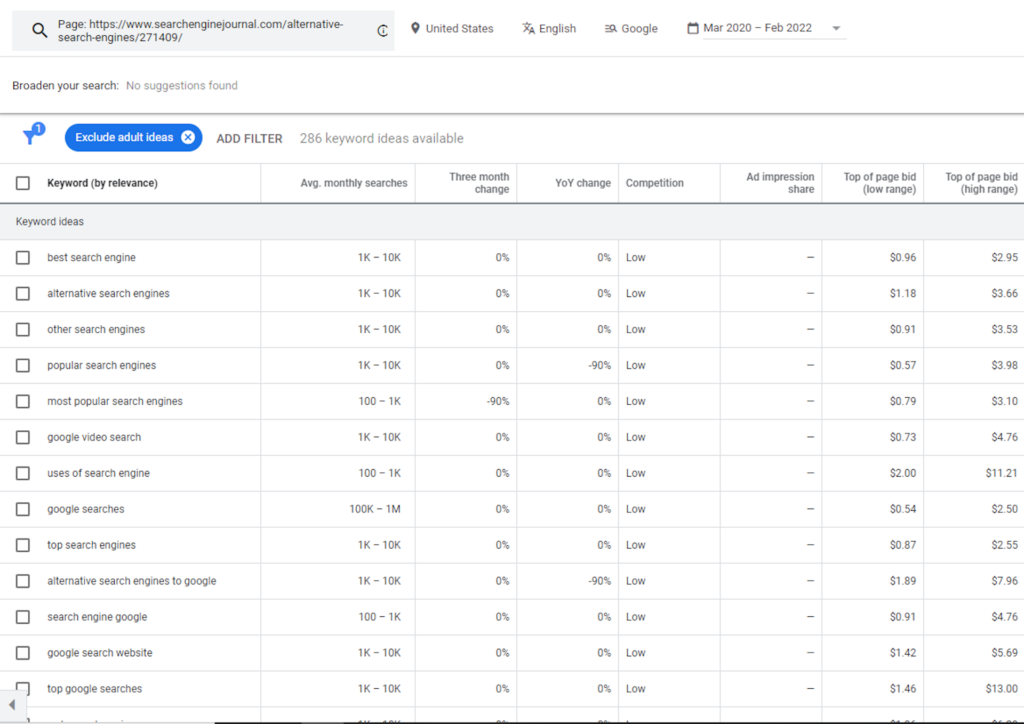
Step 7: Optimize Your Blog for SEO
Search engine optimization (SEO) is crucial for getting organic traffic to your blog. Without SEO, your content might not rank high in Google, which means less traffic and fewer affiliate sales. Here’s how to optimize your blog:
- On-Page SEO: Make sure to use your primary keyword (in this case, “how to create a blog for affiliate marketing”) in the title, meta description, URL, and throughout your content.
- Internal Linking: Link to other relevant posts within your blog to keep users engaged and help search engines understand the structure of your site.
- Off-Page SEO: Build backlinks from other blogs or websites in your niche to boost your site’s authority.
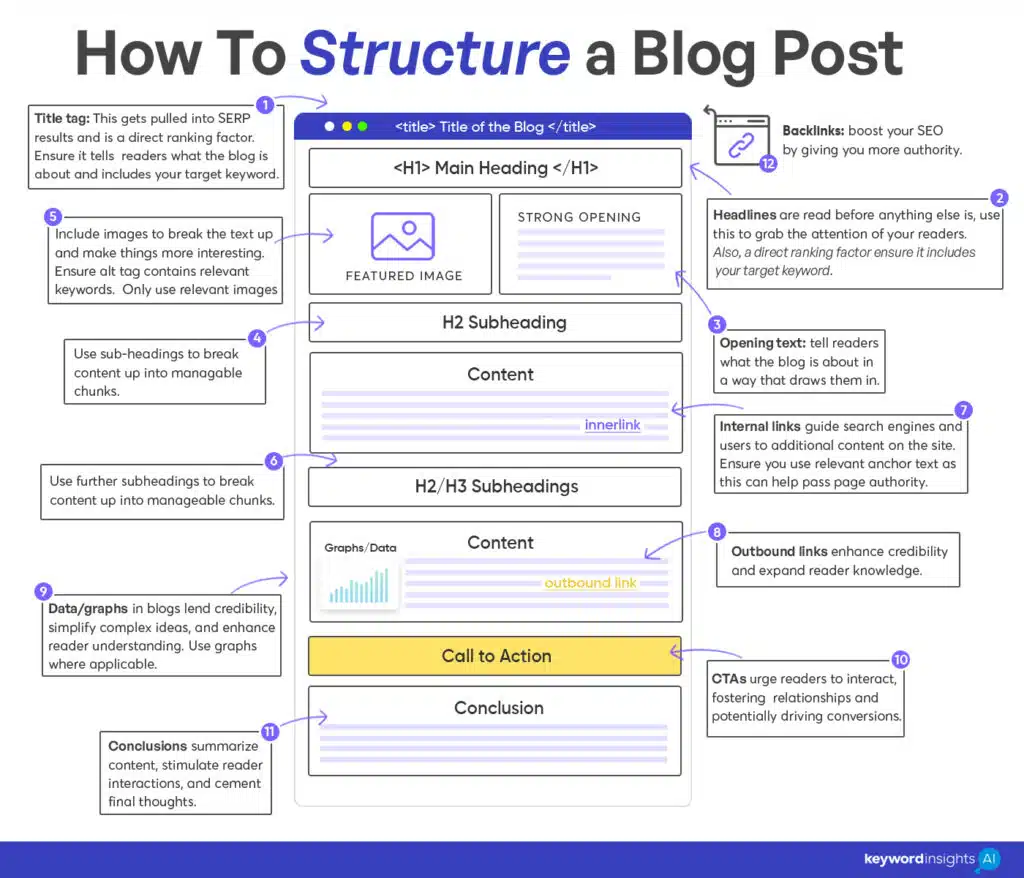
Step 8: Monetize Your Blog
Once your blog is up and running, it’s time to monetize it by promoting affiliate products. Join affiliate programs related to your niche, such as:
- Amazon Associates: One of the most popular affiliate programs, allowing you to promote almost any product.
- ShareASale: Offers a wide range of products and services across many industries.
- CJ Affiliate: Known for partnering with top brands, offering high commissions.
When promoting affiliate products:
- Be Honest: Only promote products that you believe in and would use yourself.
- Disclose Your Affiliations: Always include an affiliate disclosure statement, as required by the FTC.
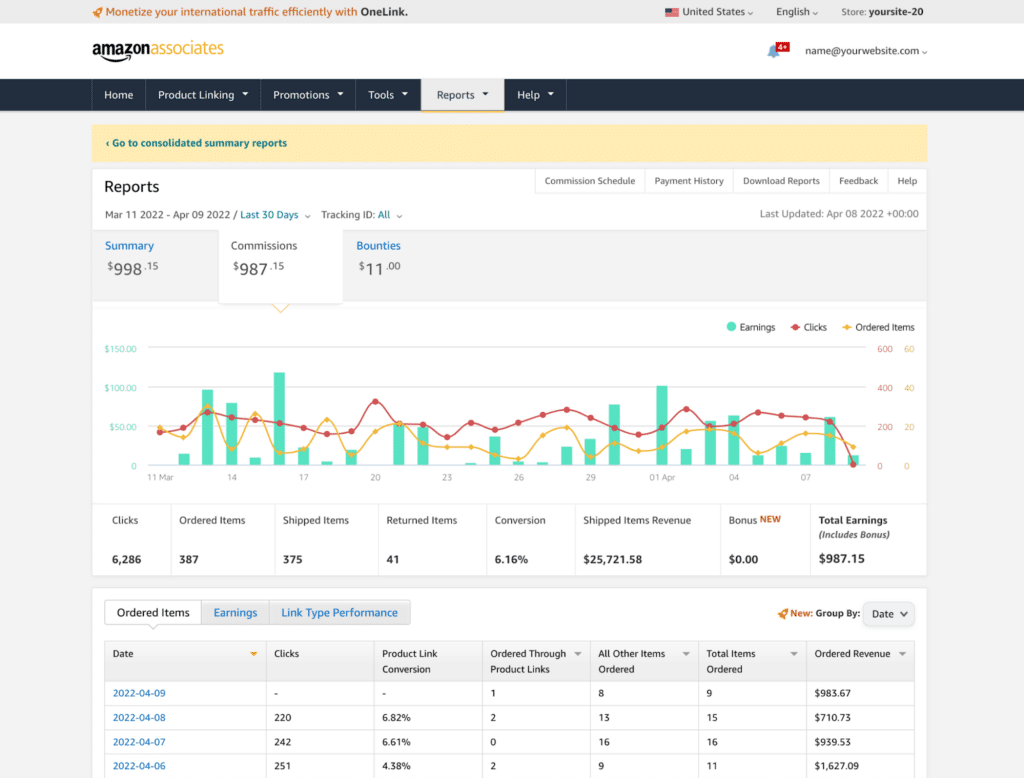
Step 9: Promote Your Blog
Now that your blog is live and monetized, you need to drive traffic. Here are some strategies to get visitors to your blog:
- Social Media: Promote your content on platforms like Pinterest, Instagram, and Twitter. Pinterest, in particular, works well for affiliate marketing due to its search-driven nature.
- Email Marketing: Build an email list and promote new blog posts and affiliate products to your subscribers.
- Paid Advertising: If you have a budget, consider using Google Ads or Facebook Ads to promote your blog and affiliate offers.
Conclusion
Creating a blog for affiliate marketing is a powerful way to build a sustainable online business. By following this step-by-step guide, you’ve learned how to choose the right niche, set up your blog, and create content that attracts and converts visitors. Remember, the key to success in affiliate marketing is consistency—both in creating valuable content and promoting it effectively.
As you grow your blog, continue optimizing for SEO, experimenting with different affiliate products, and building relationships with your audience. The process takes time, but with patience and effort, your blog can become a reliable source of income.
Now that you know how to create a blog for affiliate marketing, take the next step! Start your blog today, and begin your journey toward affiliate marketing success.
Affiliate Disclaimer: Some of the links in this article are affiliate links, which means I may earn a commission if you click on the link and make a purchase. Please note that I only recommend products or services that I genuinely believe in and have personally experienced. Your purchase helps support my work in providing valuable content to readers like you. Thank you for your support!



